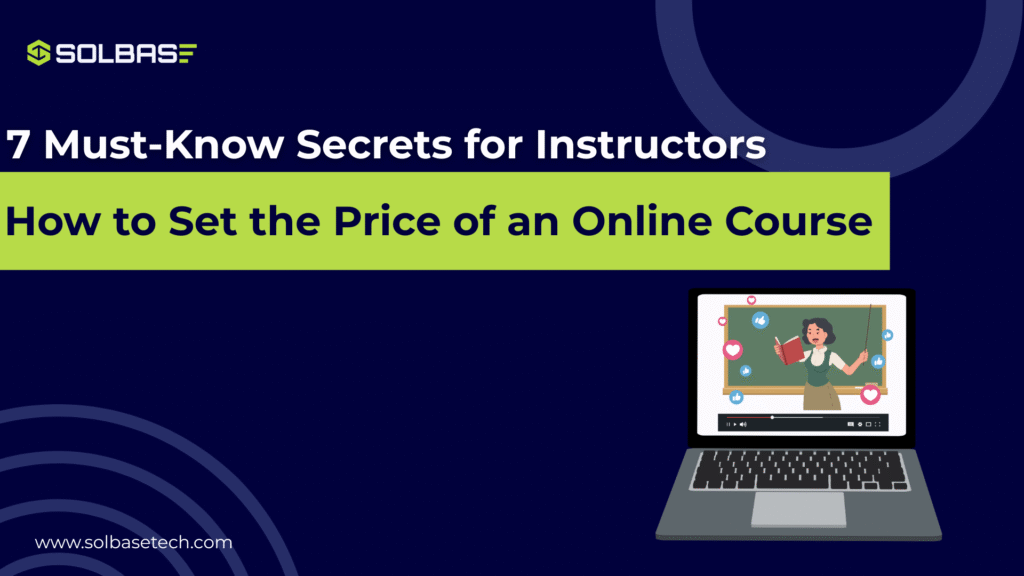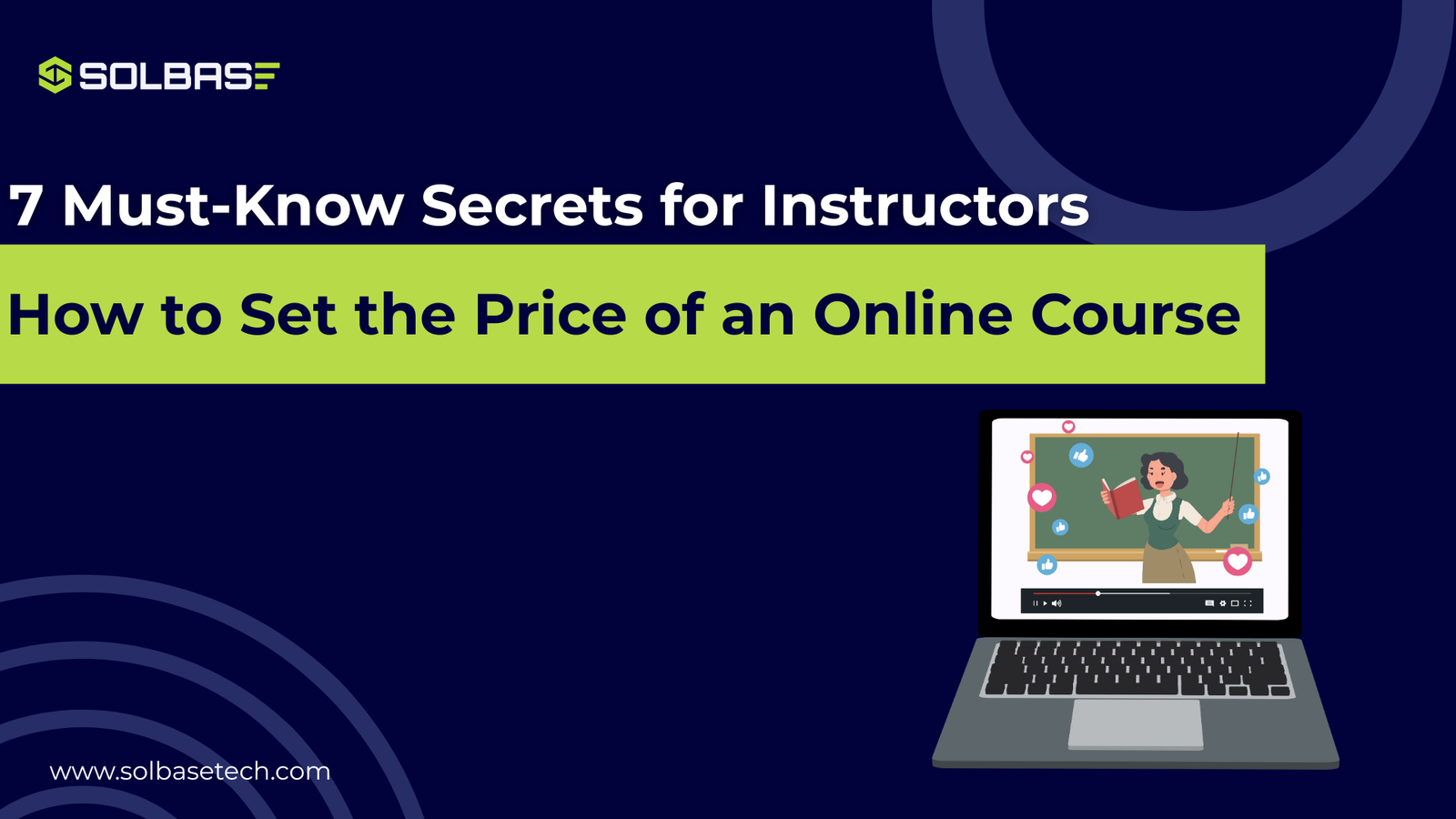How to Set the Price of an Online Course? 7 Must-Know Secrets for Instructors

How to Set the Price of an Online Course? Choosing the right price of an online course often feels like guesswork. Charge too much and students hesitate. Charge too little and you may lose both income and credibility. The good news is that there are proven methods to set a fair price that attracts learners while rewarding your effort.
In this guide, you’ll discover seven simple secrets, plus practical pricing ideas, to help you decide with confidence.
1. Start with the Value of Your Knowledge
Students are paying for more than videos. They are paying for the years of learning and mistakes you already went through.
Think about:
- What results will your students get?
- How hard is it to find this knowledge elsewhere?
- Can learners use your lessons to earn money, get promoted, or build skills?
PRO Tip: Always connect your price to the result, not just the number of hours. People pay more for transformation than for information.
2. Research the Market
Don’t set a number blindly. Search for similar courses on LearnDash, Udemy, Teachable, or other LMS platforms.
Look at:
- Average course prices in your niche
- Extra features competitors offer (like coaching, certificates, or community access)
- Which courses are selling well and which are ignored
This gives you a range to work with so you don’t undervalue or overshoot.
PRO Tip: If your course offers live sessions or personal feedback, you can charge above average without fear.
3. Match the Price to Your Audience
Different groups have different budgets. When thinking about how to set the price of an online course, remember that a professional who wants career growth can often pay more than a hobbyist testing a new interest.
Ask yourself:
- Who am I teaching? Students, professionals, or companies?
- Are they buying for personal growth or for business returns?
The clearer you are about your audience, the easier it becomes to set the right price.
4. Consider Course Length and Depth
A mini-course of 2 hours should not be priced the same as a 50-hour masterclass. But remember: length alone is not value. Quality and results matter more.
Factors to think about:
- Total lessons and modules
- Hands-on exercises or projects
- Access to updates, templates, or recordings
PRO Tip: Bundle smaller courses into a package. Students see it as higher value, and you can charge more.
5. Add Extra Value with Bonuses
Bonuses make your offer stand out without much extra work. They increase the “perceived value.” Examples include:
- Workbooks and PDFs
- Step-by-step templates
- Bonus mini-classes or live Q&A sessions
Even small extras can justify a higher course price.
6. Try Different Pricing Models
There’s no one fixed rule. Many instructors test different ways of charging:
- One-time payment: Students pay once for lifetime access.
- Subscription model: Monthly or yearly fee with ongoing updates.
- Tiered pricing: Offer basic, advanced, and premium versions.
PRO Tip: Start with one model, then experiment. Track which one gives the best balance of sales and income.
7. Use Smart Pricing Psychology
Numbers play tricks on the mind. When deciding how to set the price of an online course, setting it at $97 feels cheaper than $100. Offering three plans also makes the middle one more attractive.
Practical tactics:
- Use “charm pricing” (e.g., $197 instead of $200)
- Show a high “anchor price” first, then your real offer
- Add limited-time discounts for urgency
PRO Tip: Never rely only on discounts. If your course has real value, students will pay for it.
Practical Pricing Ideas for Online Courses
Here are some real-world ideas you can use today when setting the price of online courses:
- Starter mini-course (1–3 hours): $27 – $97
- Standard professional course (10–20 hours): $147 – $297
- Masterclass with projects and coaching: $397 – $997
- Corporate training packages: $1,000+ depending on team size
- Subscription model: $20 – $50 per month with fresh content
These are not fixed numbers. They depend on your niche, demand, and the transformation your course provides. But they give you a reliable starting point.
Conclusion : How to Set the Price of an Online Course?
Pricing an online course is about balance. Value your expertise, check your competitors, think about your audience, and add extra value where you can.
By applying these seven secrets and testing different models, you’ll learn how to set the price of an online course in a way that both attracts students and rewards your hard work.
For a deeper look at structuring your courses, explore our guide on how to create an LMS learning path.
You can also learn more about global pricing trends from Thinkific’s pricing guide.



